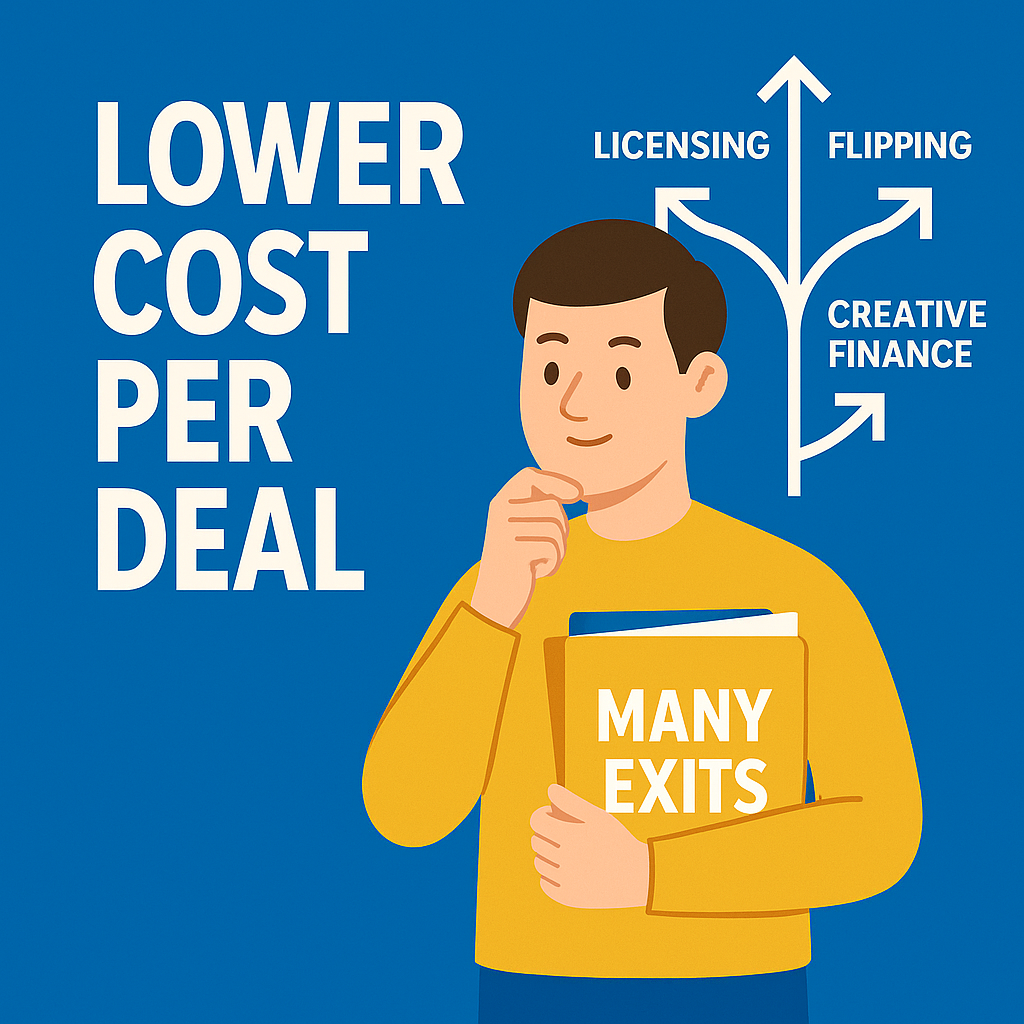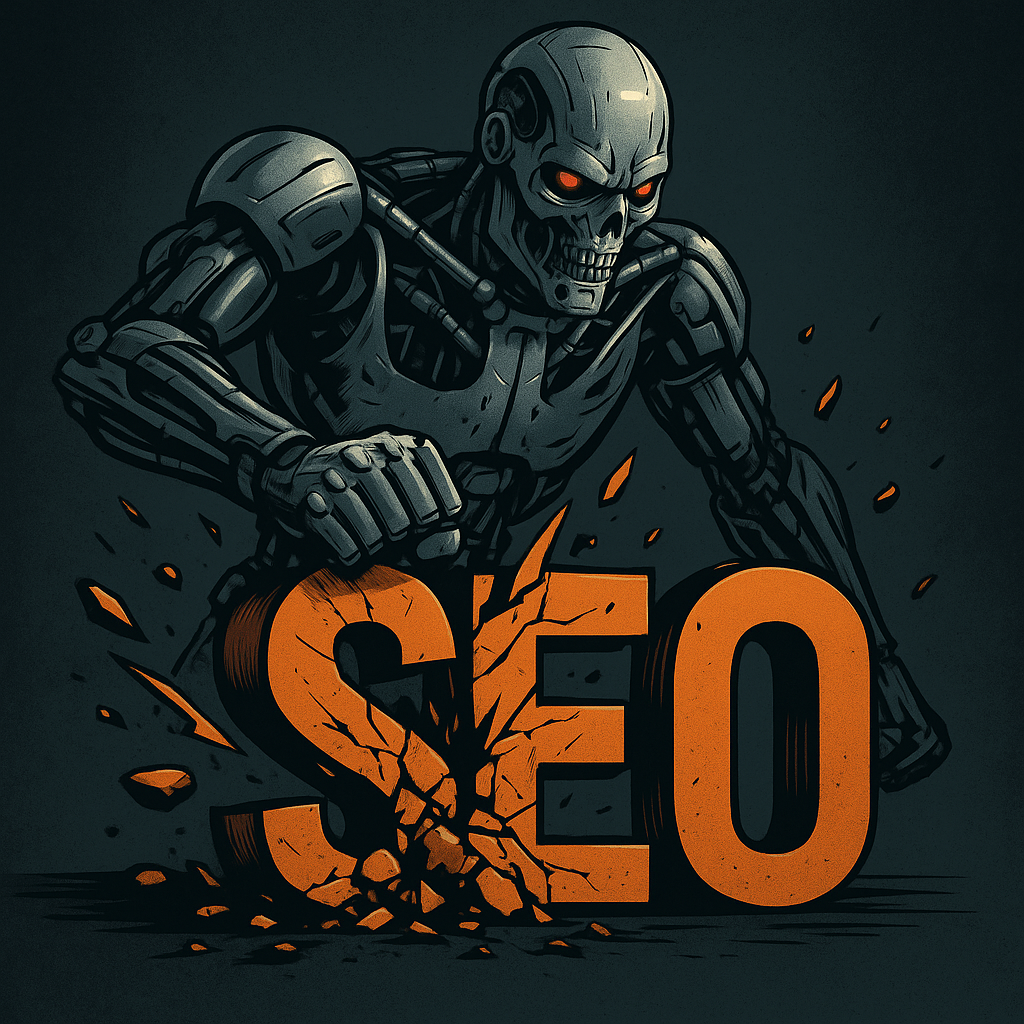What does it take to craft a high-converting landing page?
What type of copy and design performs the best for attracting motivated sellers (rather than just tire-kickers)?
Those are questions we’re always working hard to answer here at Motivated Leads — we’re constantly testing and iterating marketing assets to help our clients find as many deals as possible (for as little money as possible).
And we wanted to share two tests with you that had some interesting results.
If you’re a real estate investor trying to generate leads online, then there will be a ton here for you to think about and apply to your own website.
A Tale of Two Tests
We ran tests on two different seller lead-gen sites: USA Cash Offer (a national brand) & 412 Houses (a local brand).
In each test, we compare the results of two different landing pages — one created by Carrot and one created on Instapage as a custom design.
We then drove traffic to the landing pages through identical Google and Facebook Ads. This meant that the only variable in each of the two tests was the landing page. All other assets were identical.
The goal was to determine which of the two landing pages had better…
- Cost per lead
- Quality of lead
To measure quality of leads, we tracked each lead in our tests and made the following distinctions…
Good Lead — Person wanted to sell their home and showed interest in doing so.
Bad Lead — Had no interest in selling, wanted top-dollar, or was already listed on the MLS.
Additionally, in order to differentiate results between local targeting and nation-wide targeting, our first test (USA Cash Offer) targets a nation-wide audience and our second test (412 Houses) targets a local market.
Let’s take a closer look.
National Test — USA Cash Offer (National Targeting)
The first test we ran was on USA Cash Offer’s website.
Here’s what the hero section of Version 1 (Instapage) looked like…

And here’s what the hero section of Version 2 (Carrot) looked like…

You’ll notice some key differences in design and sales copy. Most notably…
- The copy on Version 2 is more punchy and direct (Version 1 is a bit softer and longer).
- The design on Version 1 includes a picture of people (Version 2 does not).
On the other hand, one important similarity is that both pages have the opt-in form right at the top of the page.
What were the results?

Crunch those numbers and here are the key things you’ll find…
- Version 2 leads cost 17% less than Version 1 leads.
- Version 2 leads were almost twice as likely to become “good leads” than Version 1 leads (87% good leads vs. 44%).
- Version 2 generated high-quality leads at under half the cost of Version 1 ($46.90 vs. $110.53).
Those are some pretty interesting results.
And it’s worth asking “why?”
First, Version 2 likely had a lower cost per lead because their messaging is more direct than Version 1 and their opt-in form includes one fewer field.
What is a bit peculiar, though, is that Version 2 generated drastically higher quality leads than Version 1.
Why is that?
Well, it’s important to point out that, on both landing pages, the visitor is taken to a “step 2” form after filling out the first form.
Here’s what that form looks like on Version 1…

And here’s what that form looks like for Version 2…

Your intuition is likely correct.
If you had to guess which of those forms generated higher quality leads, you’d choose the second one.
Because it requires more information and helps to weed out bad leads — in fact, one of our favorite questions it asks is “Is the house currently listed with a realtor?”
It’s not far fetched to think that this one-two punch of a short form and then a longer form not only produces more affordable leads… but higher quality leads as well.
Indeed, that seems to be the case.
Local Test — 412 Houses (Localized Targeting)
The second test we ran was on 412 Houses’ website.
As mentioned previously, this test was localized and thus had a smaller budget as well as a higher cost per lead (typical for local targeting) compared to the first test we discussed.
Here’s what the hero section of Version 1 (Instapage) looked like…

And here’s what the hero section of Version 2 (Carrot) looked like…

Again, you’ll notice some basic differences between these landing pages in copy and design.
However, the difference in results weren’t as dramatic this time around.

Crunch those numbers and here are the key things you’ll find…
- Version 2 leads were 23% more expensive than Version 1 leads.
- Version 2 leads were 50% more likely to become “good leads” than Version 1 leads (30% good leads vs. 20%).
- Version 2 generated high-quality leads at 11% less than Version 1 ($395.65 vs. $448.71).
Considering the results of our first test, it’s a bit surprising that Version 2 leads were more expensive in this case than Version 1 leads.
But it’s important to note that the pattern for cost per good leads stayed the same — Version 2 outperformed Version 1 once again, this time by 11%.
Why is that important?
Because as real estate investors, it’s not just about generating cheap leads… it’s about closing deals.
Anyone can go buy junk leads from a janky distributor online.
But we’re looking for quality leads — leads that turn into deals.
And while there are limitations to the tests we’ve run here, Version 2 certainly seems to come out on top for impacting the bottom line.
Final Thoughts
Above, we’ve included a good bit of conjecture.
Load speed (for which Carrot has been publicly lauded), sales copy, and slight differences in design likely played a role in the results of these tests.
As with all tests, there are a lot of factors.
Getting to the root cause isn’t always easy.
And so knowing what type of landing page will produce better conversion rates for your business in your market… is difficult to say.
Why?
Because every market is different — these test results might have been completely opposite if we had run the test in a different market.
The truth is that we’ve seen both custom designs and Carrot work wonders for different clients of ours.
The only way to know what works for your business is to test, iterate, and keep testing. With each set of results, you’ll discover something new to make your landing pages a little bit better. Over time, those small changes will compound and produce far better conversion rates than your competitors.
And who doesn’t want killer conversion rates?






